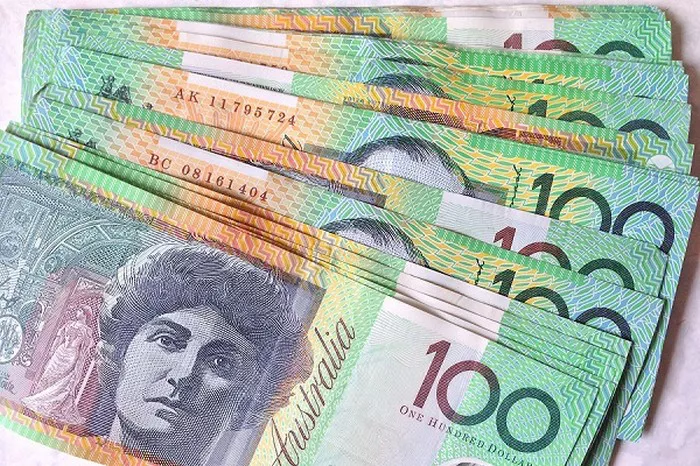During the Asian session on Thursday, the Australian dollar/US dollar fluctuated within a narrow range, recovering from the previous day’s drop to more than a week low following rising U.S. inflation. AUD/USD held steady above the psychological 0.6500 mark, with little movement following inflation data from China.
China’s National Bureau of Statistics reported that China’s consumer inflation rate fell by 1% in March, a larger-than-expected decline after a 1% decline the previous month. Headline inflation fell to an annual rate of 0.1% from 0.7% last month, missing expectations of 0.4%. Additionally, the Producer Price Index, which measures wholesale factory prices, recorded an annualized rate of -2.8%, falling for the 18th consecutive month, indicating continued deflationary pressures. This largely overshadowed expectations among Australian consumers that inflation expectations in April would jump to 4.6% from 4.3% previously, providing little discernible boost to the Australian dollar.
On the other hand, the US dollar (USD) moved lower on profit-taking following a sharp surge to its highest level since November 14 the day before, providing some support to the AUD/USD pair. However, amid expectations that the Federal Reserve (Fed) will postpone interest rate cuts amid stubborn inflation, the dollar has struggled to achieve a clear consolidation decline. This, combined with general weakness in equity markets, should act as a “boost” for the safe-haven US dollar and limit moves in the risk-sensitive Australian dollar, so aggressive bullish traders should proceed with caution.


